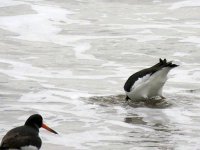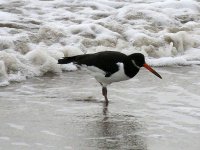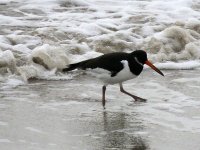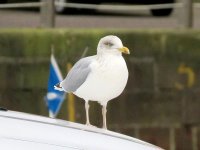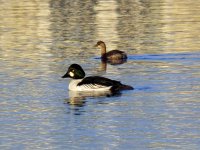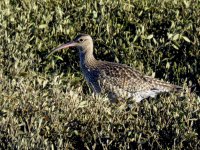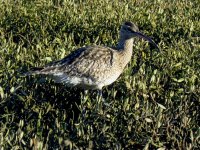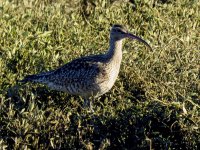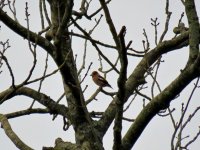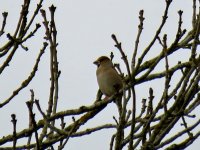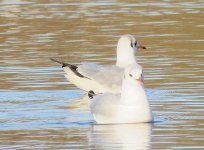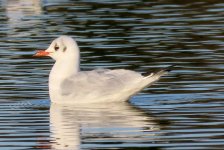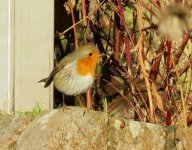I ran into the same problem in Tv (shutter priority) mode...clipped/blown highlights. After doing some reading I'm going to try my next session with Tv with the histogram turned on in the display and see if EC (exposure compensation) can fix the problem.
This is not an unknown problem for me. My old Coolpix 4500 used to have the same problem (worse actually, they truly were "clipped" and badly transitioned highlights). My favorite subjects, a pair of white-tailed kites, will force me to figure this out.

I found the "real" manual online as well, so that has given me more insight on why I couldn't access certain special features.
I want to fiddle with the modes and scenes more. The sad thing is, I would have thought the "mode" would be something Canon would provide in the EXIF/XMP data, but it doesn't appear they do. Digital teleconverter settings, etc. would be nice in the photo data too, but...nope. Makes it tough to change settings in the field and then know what you did and tried when you see the shots back at home unless you take alot of notes.
I did a rough pass through my photos this morning...of 521 shots, 84 were decent enough for me, which is a 16% hit rate...for the distances involved, pretty good (I'm usually less than 10% digiscoping, and often 0-5% on keepers). Considering I was pretty aggressive in trying BiF and all over the range map (which I couldn't even do with the camera+scope setup), and using the 2x digital teleconverter most of the time, I consider this a big improvement.
I do rely on post-processing alot, a habit I've had for years since I'm no stranger to Photoshop and always had less-than-stellar cameras. So I have no problem bending the camera settings to get the most data and worry about getting the photo back in post-processing.
I understand SX60 RAW support may be in the latest Photoshop CS6 updates, so it may be high time I start trying that as well, except maybe for the action shots.




